Embarking on a body care routine to look flawless isn’t just about focusing on the face; your entire body deserves the same attention and love.
With the skin being the largest organ, it’s crucial to nourish, exfoliate, and moisturize it to combat dryness, stretch marks, and achieve that coveted glow.
This post will show you a 12-step journey designed to enhance your body care regime. From the power of a refreshing shower to the magic of masks and the importance of hydration, you’ll discover effective ways to maintain soft, glowing skin.
Busy? Save this pin for later.
1. Shower Power
Like many, you might find a long, hot shower to be a comforting escape. Slipping into the warmth, lathering up, and letting the stress of the day wash away can feel rejuvenating.
However, despite the immediate pleasure, this habit can lead to unhappy skin, characterized by redness, tightness, and itchiness, especially as the colder months roll in. Your skin, being more vulnerable during this time, demands a careful balance to maintain its health.
Dermatologists emphasize the importance of the right shower temperature. Opting for lukewarm water, ideally between 98°F and 104°F, helps maintain your skin’s moisture barrier.
This barrier is crucial as it comprises skin proteins and oils that prevent water loss and protect against external elements.
Hot showers, while soothing, can strip away these natural oils and cause inflammation, disrupting the skin’s normal barrier functions.
Moreover, the allure of hot showers in winter, when trying to counter the cold, can be particularly damaging.
It’s a double assault on your skin’s barrier, combining the effects of cold, dry air outside with the dehydrating heat from the shower.
This often results in drier, less supple skin. Instead, maintaining a moderate temperature not only preserves skin health but also offers a balance that can still provide relaxation without the adverse effects.
2. Buff It Out
Exfoliation is a crucial step in achieving and maintaining flawless skin as it removes dead skin cells that can make your complexion look dull.
Whether you opt for mechanical or chemical methods, understanding how to exfoliate properly is essential to avoid damaging your skin.
Mechanical exfoliation, using tools like brushes or scrubs, physically removes dead cells. This method is particularly beneficial for areas like arms and legs, where the skin can handle more vigorous treatment.
On the other hand, chemical exfoliation involves using products containing acids like AHAs or BHAs that dissolve dead skin cells without physical scrubbing, making it suitable for sensitive or acne-prone skin.
For those with dry or sensitive skin, it’s important to choose gentle exfoliation methods. Over-exfoliating or using harsh techniques can lead to irritation and damage.
A mild chemical exfoliator or a soft brush can be effective without causing harm. Always follow up with a hydrating moisturizer to soothe and protect the skin.
Regular exfoliation can enhance blood circulation and improve the overall appearance of your skin, making it look more vibrant and youthful.
However, it’s crucial to tailor your exfoliation routine to your skin type and needs, avoiding over-exfoliation to prevent skin sensitivity and preserve natural oils that protect your skin barrier.
3. Shaving Secrets
Shaving is an essential part of many people’s body care routines, but it can often lead to skin irritation if not done correctly.
To ensure a smooth and comfortable shave, it’s crucial to use the right products and techniques, especially for those with sensitive skin.
A quality razor paired with a hydrating shaving cream can significantly enhance your shaving experience.
Shaving cream not only moisturizes but also creates a protective barrier between the razor and your skin, allowing the blade to glide smoothly and reducing the risk of cuts, nicks, and irritation.
For those with sensitive skin, the choice of shaving cream is particularly important. Opt for products that are free from alcohol and other irritants that can dry out the skin.
Ingredients like glycerin, aloe vera, and vitamin E are beneficial as they provide additional moisture and reduce inflammation. It’s also helpful to perform a patch test with new products to ensure they do not cause irritation.
When shaving, always use gentle strokes and avoid pressing too hard, as this can increase irritation. Shave in the direction of hair growth to minimize the risk of ingrown hairs and razor burn.
After shaving, it’s advisable to rinse with cool water to close the pores and apply a moisturizing aftershave or balm to soothe the skin.
4. Moisture Me
Maintaining optimal hydration for your skin is not just about aesthetics; it’s a crucial aspect of overall skin health.
Daily moisturizing is vital, especially after exposing your skin to the dehydrating effects of hot showers or harsh environmental conditions.
When your skin feels parched after a shower, it’s not just calling out for moisture; it’s vulnerable to damage.
Applying a quality moisturizer can help replenish the natural oils that hot water strips away, leaving your skin soft and supple.
The benefits of regular moisturization extend beyond simple hydration. By using a moisturizer that suits your skin type—whether it’s oily, dry, or sensitive—you can help balance your skin’s natural moisture levels.
This balance is crucial in preventing skin problems such as acne, which can occur when dry skin triggers an overproduction of oil.
Moreover, moisturizing can help slow the signs of aging by keeping the skin plump and firm, reducing the appearance of fine lines and wrinkles.
Sensitive areas of the skin, such as the face, neck, and chest, are particularly susceptible to environmental changes and are often the first to show signs of aging.
These areas benefit from regular moisturization, which can speed up the cell renewal process, revealing younger, healthier skin.
Furthermore, the act of massaging moisturizer into your skin can boost blood circulation, enhancing the skin’s natural glow.
To maximize the benefits of moisturizing, it’s essential to apply your moisturizer right after showering when your skin is still damp.
This practice helps to lock in moisture and keep your skin hydrated longer. For those with dry or sensitive skin, choosing the right product is crucial.
Look for moisturizers that are fragrance-free and contain nourishing ingredients like hyaluronic acid and ceramides, which support the skin’s barrier and prevent moisture loss.
In addition to topical moisturization, internal hydration is also vital. Drinking plenty of water throughout the day can complement your external moisturizing efforts, ensuring your skin stays hydrated from the inside out.
5. Don’t Forget Your Lips
Your lips endure a lot, from harsh weather conditions to the drying effects of indoor heating. To keep them soft and healthy, it’s essential to focus on hydration and using the right products.
Cold weather and dry air can strip your lips of moisture, making them prone to cracking and peeling. It’s crucial to choose lip care products that not only moisturize but also nourish.
Opt for lip oils and balms that contain ingredients like honey, grape seed oil, and sunflower oil. These natural ingredients are rich in antioxidants and fatty acids, which help to nourish and protect your lips.
Honey is particularly beneficial due to its emollient properties, helping to soften and smooth the lips while providing a natural barrier against moisture loss.
Avoid products that cause a tingling or burning sensation, as these are often signs of irritation rather than effectiveness. Ingredients like menthol, which are commonly found in plumping lip products, can actually dry out your lips further.
Instead, look for soothing components like rosehip seed oil and shea butter, which help to repair and hydrate the skin.
For added protection, especially under harsh environmental conditions, use products with SPF. This helps prevent sun damage, which can exacerbate dryness and lead to more serious issues like skin cancer on the lips.
At night, apply a thicker, nourishing lip oil or balm to help repair your lips as you sleep, ensuring you wake up with a softer, smoother pout.
6. Sunscreen Saviour
Sunscreen is your ultimate ally in the fight against sun damage, aging, and skin cancer. It’s essential to understand that not all sunscreens are created equal.
To ensure comprehensive protection, always opt for a broad-spectrum sunscreen, which shields you from both UVA and UVB rays. These rays are notorious for their role in skin aging and increasing the risk of skin cancer.
When choosing your sunscreen, look for products with an SPF of 30 or higher. This level of protection blocks about 97% of UVB rays, significantly reducing your risk of sunburn and skin damage.
It’s also crucial to select a water-resistant formula if you’re planning to swim or sweat, ensuring that the sunscreen remains effective even when wet.
For those with sensitive skin, mineral sunscreens containing zinc oxide or titanium dioxide are preferable. These ingredients sit on the skin’s surface and reflect UV rays, minimizing the risk of irritation.
On the other hand, chemical sunscreens absorb UV rays before they can harm your skin, which might be more suitable for acne-prone or oily skin due to their lighter formulations.
Applying sunscreen correctly is just as important as the product you choose. Dermatologists recommend using about one ounce of sunscreen—roughly the amount that would fit in a shot glass—to cover all exposed areas of the body.
Apply it 15 minutes before heading outdoors, allowing it to fully bind to your skin, and reapply every two hours or immediately after swimming or sweating.
7. Brush It Off
Dry brushing, a centuries-old Ayurvedic practice, involves using a brush with coarse, natural fiber bristles to exfoliate the skin, promoting a smoother and more radiant appearance.
This technique not only helps in removing dead skin cells but also enhances the skin’s ability to detoxify by unclogging pores and stimulating lymphatic drainage.
As you brush, the mechanical action increases blood circulation, which can invigorate the skin and leave you feeling refreshed, akin to the revitalization one might feel after a massage.
To begin dry brushing, start at your feet and work your way up towards the heart using long, fluid strokes.
When brushing areas like the abdomen or the back, use circular motions and adjust the pressure according to the sensitivity of the skin in these areas—lighter where it is thinner and firmer where the skin is thicker, such as the soles of the feet.
It’s important to note that while dry brushing can be beneficial for many, it is not suitable for everyone. Individuals with sensitive conditions such as eczema, psoriasis, or open wounds should avoid this practice to prevent aggravation or infection.
Always use a clean brush to maintain hygiene and prevent any potential skin issues. After completing your dry brushing session, it is advisable to take a cool shower to wash away the loosened dead skin cells.
8. Mask Magic
Exploring the transformative power of body masks can elevate your skincare routine beyond the face, addressing concerns like acne, loss of collagen, and hyperpigmentation on larger skin areas.
Body masks, akin to their facial counterparts, are crafted to cater to the unique needs of body skin, which is thicker and less oily.
This difference in texture necessitates formulations with larger exfoliating particles or higher concentrations of active acids, making them unsuitable for facial use.
When selecting a body mask, it’s crucial to identify the specific skin issue you wish to address. For acne-prone skin, ingredients like salicylic acid are beneficial, while clay-based masks with bentonite or kaolin offer detoxifying properties.
If dryness is a concern, look for masks enriched with hydrating agents like hyaluronic acid or shea butter, which provide deep moisture and help repair dry, cracked skin areas such as hands.
Applying a body mask effectively also involves some preparatory steps. It’s advisable to cleanse and perhaps lightly exfoliate your skin before application to ensure the mask’s ingredients penetrate effectively.
The process can be as simple as applying the mask before a shower and rinsing it off after the required time, or after a shower when your pores are more receptive to treatment.
For those with skin conditions like eczema or sensitive skin, consulting with a dermatologist before trying new body masks is crucial to avoid exacerbating any issues.
9. Hand and Foot Happiness
Taking care of your hands and feet is essential, not just for aesthetic reasons but for maintaining overall skin health.
These parts of your body are constantly exposed to environmental stresses and daily wear and tear, making them prone to dryness and damage. To keep them soft, supple, and happy, it’s crucial to adopt a comprehensive care routine.
Moisturizing is the cornerstone of hand and foot care. Opt for a thick, nourishing cream or ointment that provides long-lasting hydration.
It’s beneficial to apply these moisturizers generously, focusing on particularly dry areas like heels and elbows.
For an added moisture seal, especially in severe dryness cases, layering a petroleum jelly over your cream can be effective. This routine should be a daily ritual, ideally repeated based on your skin’s needs.
Regular exfoliation is another key step. Removing dead skin cells not only revitalizes the appearance of your hands and feet but also enhances the effectiveness of moisturizers.
You can use a homemade scrub made from natural ingredients like sugar or salt mixed with olive oil or honey. This not only sloughs off dead skin but also provides initial moisture to the treated areas.
For an intensive treatment, soaking your hands and feet in warm water can work wonders. Adding ingredients like Epsom salts or essential oils can enhance this experience by relaxing muscles and improving circulation.
After soaking, it’s important to pat your skin dry gently and follow up with a heavy moisturizer to lock in the softness.
Protecting your hands and feet from harsh conditions is also crucial. Wearing gloves in cold weather helps shield your hands from drying out, while socks made from natural fibers like cotton or wool can keep your feet from becoming too dry.
Additionally, using a humidifier in your home can help maintain a more skin-friendly level of humidity, especially during dry winter months.
Lastly, for everyday practices, choose lukewarm water over hot for washing, and use mild, fragrance-free soaps to avoid stripping your skin of its natural oils.
Applying moisturizer within three minutes after washing can also help lock in moisture, keeping your skin protected and hydrated throughout the day.
10. Eat Your Way to Glow
Eating the right foods can significantly enhance your skin’s health and appearance. Foods rich in antioxidants, omega-3 fatty acids, beta-carotene, and phyto-estrogens are essential for maintaining a youthful, radiant complexion.
For instance, red bell peppers are not only vibrant and delicious but also packed with capsanthin, which helps protect your skin from sun damage.
Similarly, blackberries offer a wealth of polyphenols, powerful antioxidants that help maintain the structural integrity of your skin and may even play a role in preventing skin cancer.
Carrots are a fantastic source of beta-carotene, which converts to vitamin A in the body, aiding in the prevention of acne breakouts and the reduction of wrinkles.
Edamame, rich in isoflavones, helps minimize wrinkle development by mimicking human estrogen, which is crucial for maintaining skin elasticity and moisture.
Including salmon in your diet provides astaxanthin, an antioxidant that improves skin elasticity and hydration, alongside omega-3 fatty acids that reduce inflammation and the risk of photoaging.
Furthermore, staying hydrated plays a crucial role in skin health. Drinking plenty of water ensures that your skin remains hydrated, which can improve skin elasticity and reduce the appearance of fine lines.
Green tea, rich in catechins, has been shown to enhance skin hydration and elasticity while providing a protective barrier against sun damage.
11. Hydration Nation
Maintaining proper hydration is a fundamental yet often overlooked aspect of achieving flawless skin.
While there’s no magic number of glasses of water that guarantees perfect skin, listening to your body and considering your individual needs is crucial.
Water is just one part of a holistic approach to skincare, but its importance cannot be overstated.
The amount of water each person needs can vary based on factors like age, gender, activity level, and climate.
Generally, aiming for about 8-10 glasses a day is a good rule of thumb, though your specific circumstances might require more or less.
Paying attention to your body’s signals, such as thirst and the color of your urine, which should be a pale yellow, can help guide your hydration levels.
Beyond just drinking water, incorporating a balanced diet rich in fruits and vegetables can significantly contribute to your hydration.
It’s also essential to be aware of the risks of overhydration. Consuming an excessive amount of water in a short period can lead to hyponatremia, a condition where the balance of electrolytes in your body is disrupted, which can be dangerous.
Lastly, the quality of water matters; opting for clean, filtered water can ensure that you are hydrating your body without introducing any unwanted contaminants.
12. Sleep is Bae
Achieving flawless skin isn’t just about the products you use; it’s also profoundly impacted by the quality of sleep you get.
Sleep is a critical component of your overall health and plays a significant role in the appearance and health of your skin.
During sleep, your body goes into repair mode, regenerating skin, muscles, blood, and brain cells, and restoring the body’s energy.
Poor sleep can lead to a host of skin problems, including dull and lifeless skin, under-eye circles, and accelerated aging signs like wrinkles and sagging skin.
This happens because lack of sleep disrupts the natural balance of your skin’s hydration and causes a decrease in the skin’s pH level, making it look less youthful and radiant.
Furthermore, sleep deprivation increases the levels of stress hormones in the body, which can exacerbate skin conditions such as acne and eczema by increasing inflammation and disrupting the skin’s barrier function.
On the other hand, adequate sleep helps to maintain the integrity of this barrier, ensuring that it effectively protects against external irritants and infections.
To harness the rejuvenating power of sleep, it’s crucial to establish a regular sleep schedule, ensuring you get 7-9 hours of quality sleep each night.
This consistency helps regulate your body’s internal clock and optimizes the natural secretion of growth hormones and melatonin, which are vital for skin health and overall well-being.
Conclusion
Embarking on a comprehensive bodycare routine offers more than just surface-level benefits; it’s a journey toward overall skin health and radiance that demands consistency and care every step of the way.
Emphasizing techniques over products, this guide provides a blueprint for nurturing every inch of your skin, ensuring it remains hydrated, protected, and radiant.
As we conclude, remember that achieving flawless skin is not an overnight affair but a gradual progression towards healthier habits and routines.
Reflecting on the broader implications of these practices, it’s clear that a well-rounded bodycare regime not only enhances your external appearance but also boosts your confidence and well-being.



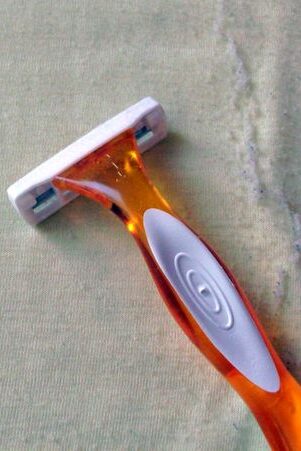
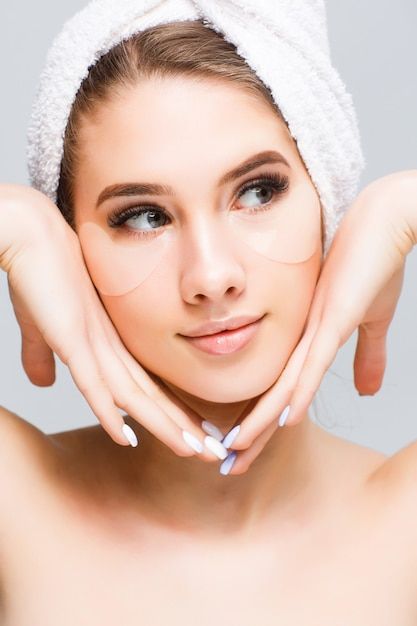
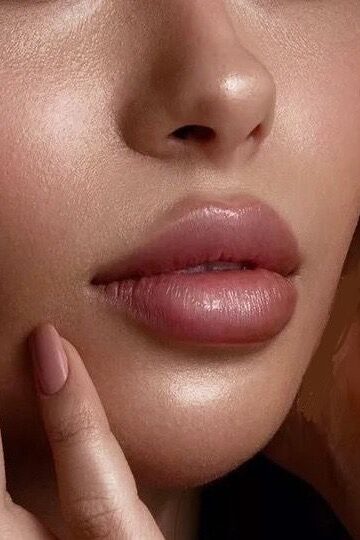
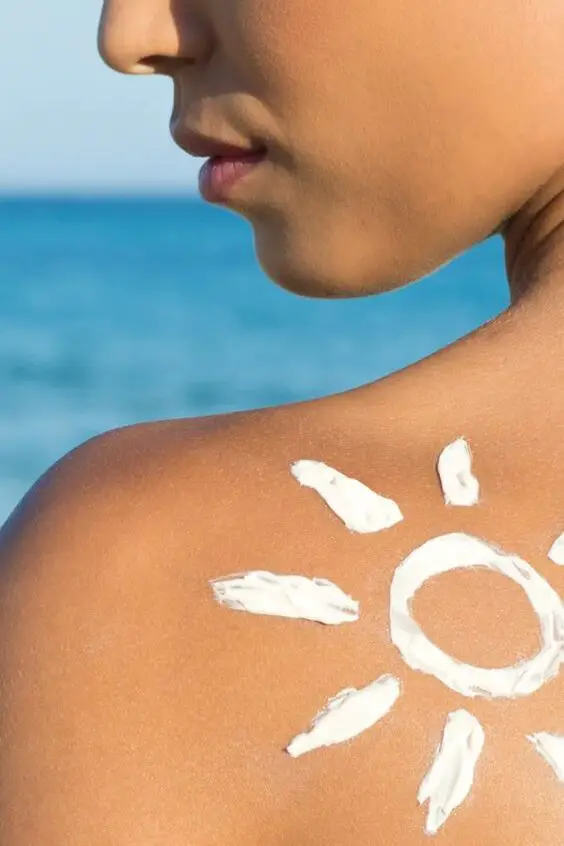
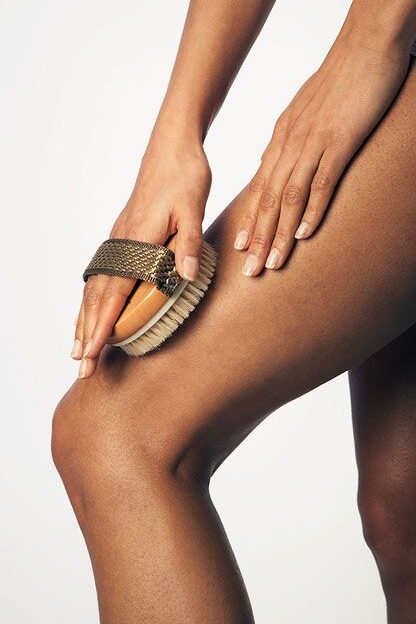






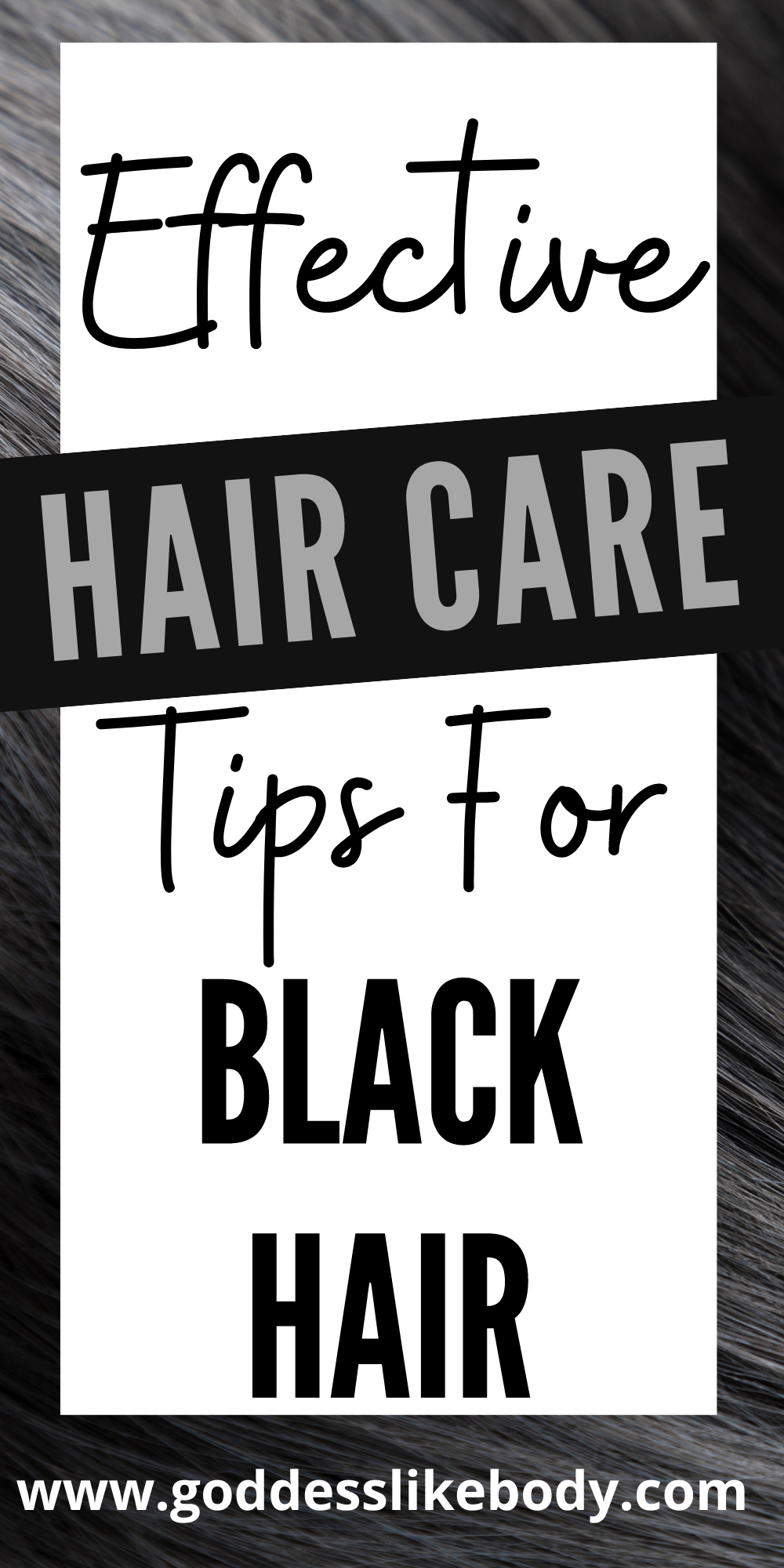

You actually make it seem really easy along with your presentation but I to find this matter to be actually
something which I feel I would never understand. It seems too complicated and extremely
vast for me. I’m looking forward for your subsequent
post, I will attempt to get the hang of it!
Escape rooms
Very interesting topic, regards for posting.!